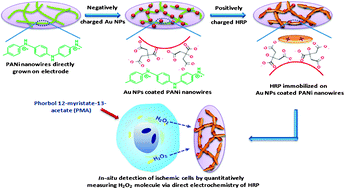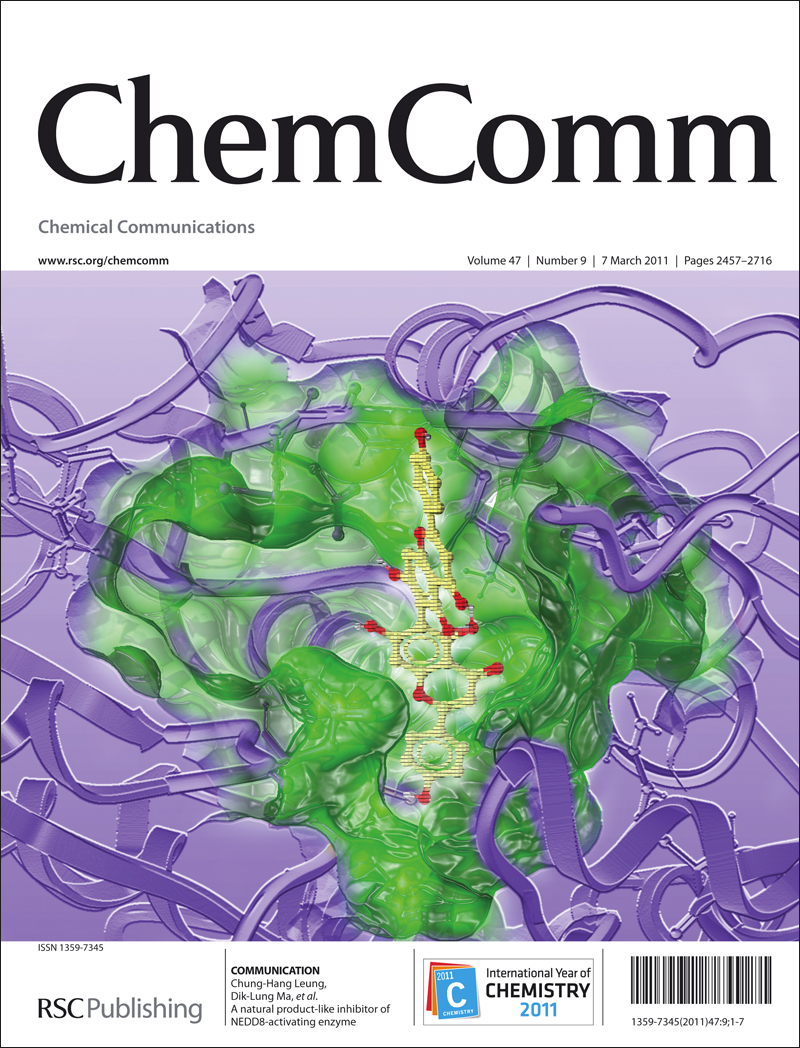In situ molecular detection of ischemic cells by enhanced protein direct electron transfer on a unique horseradish peroxidase–Au nanoparticles–polyaniline nanowires biofilm†
Abstract
To overcome shortcomings of the ex situ approaches, in situ detection using H2O2 molecules to diagnose ischemia through enhanced


 Please wait while we load your content...
Please wait while we load your content...